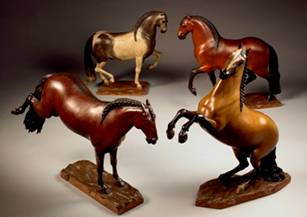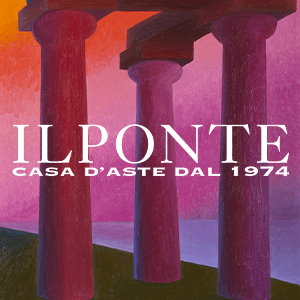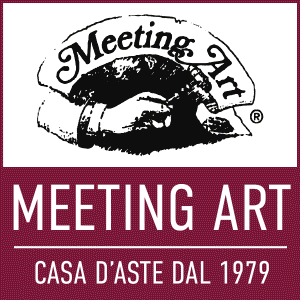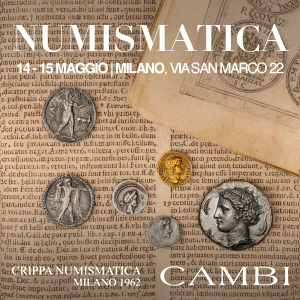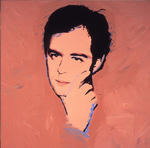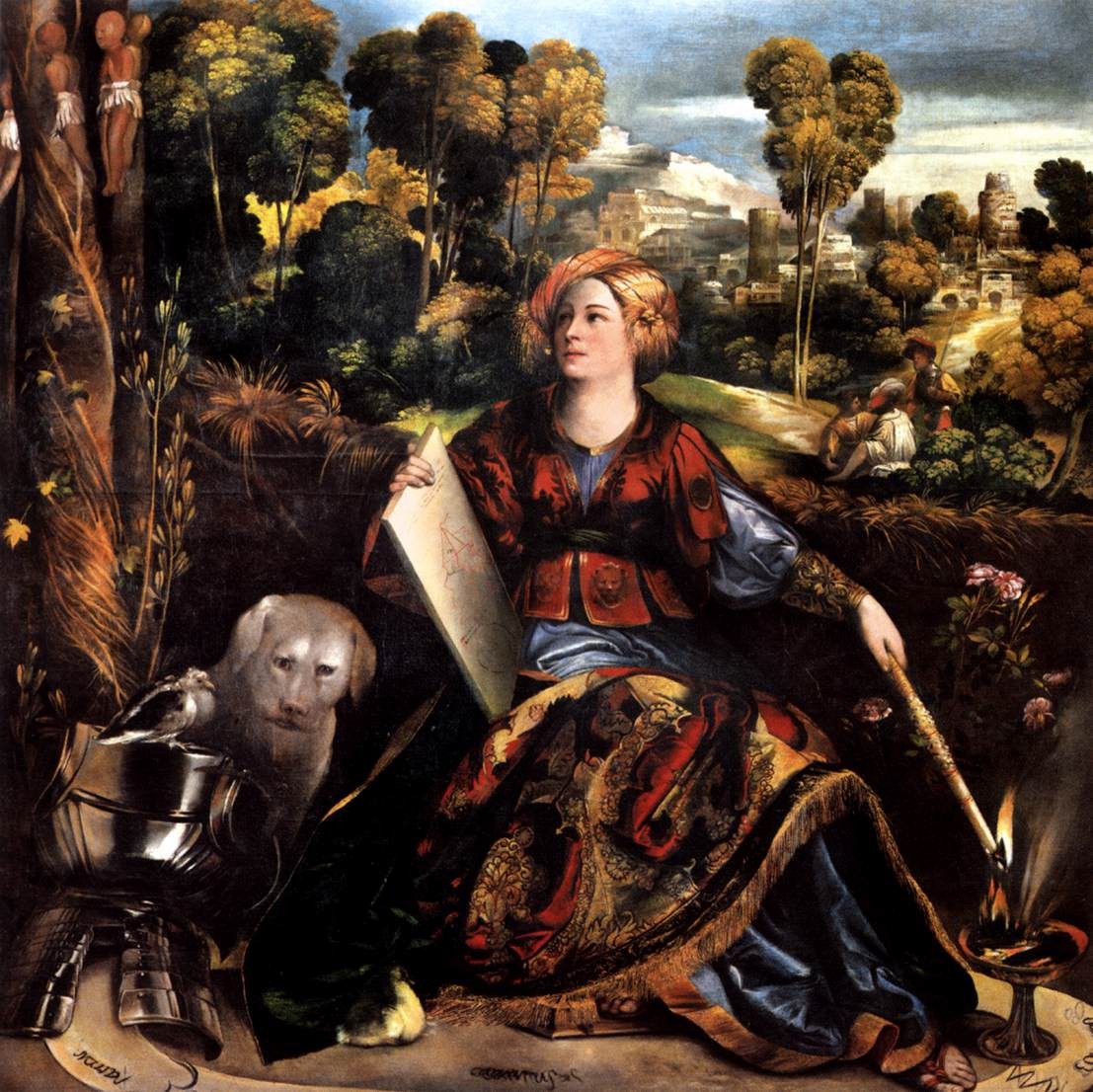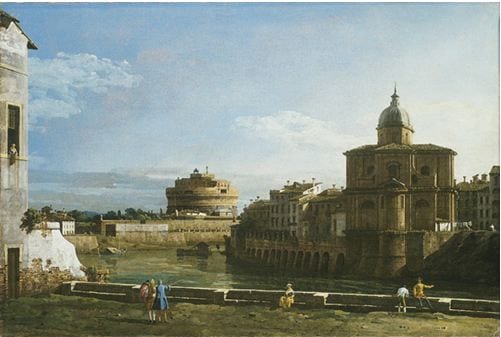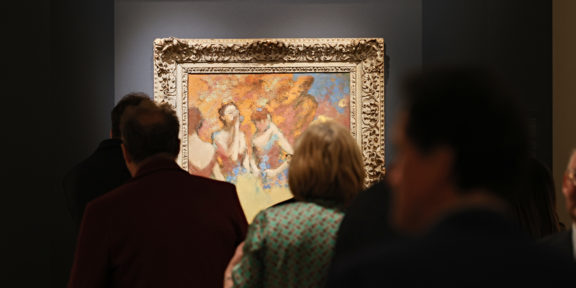Tomasso Brothers Fine Art is delighted to report further sales after the closure of TEFAF on Sunday 23 March. Four striking sculptures of horses by Spanish artist Juan Chaéz (c. 1750-before 1809), which were among the superb examples of European sculpture offered by Tomasso Brothers at Maastricht, were acquired by a major European private collector who confirmed the sale on 25 March. (asking price for the group in the region of €350,000)

Four Spanish Horses
Polychromed wood
Asking price for the group in the region of €350,000
Tomasso Brothers Fine Art, Stand 165
Originally commissioned by the 14th Duke of Albuquerque, José María de la Cueva y de la Cerda (1775-1811), these wood statuettes then passed to José Isidro Osorio y Silva Bazán, Maquis of Alcañices, Duke of Sesto and 15th Duke of Albuquerque, and thence by descent. Each bears the aristocratic mark of the Duchess of Albuquerque Soto on its base.
Juan Chaéz was born in Malága and worked for such prestigious patrons as Charles IV of Spain, the Infante Luis and a number of influential nobles. Among his most important commissions were the fountain sculptures he produced for Felipe Longinos de Echevarri, 7th Count of Villalcázar de Sirga. He was a lifelong friend of Francisco de Goya y Lucientes (1746-1828) and, like Goya, his work marks a seminal moment in the history of Spanish art. At the beginning of the French occupation of Spain, Goya, Chaéz, and other artists began to produce work of a markedly nationalistic character. The set of twenty-seven bulls and bullfighters produced by Chaéz, now in the Museo Nacional de Escultura de Valladolid, appear to be artistic symbols of a renewed ‘nationalistic’ pride. Chaéz’s representation of four native breeds of Spanish horse, shown kicking, rearing and pacing, can be similarly interpreted, as a response to the threat of the French invasion.



